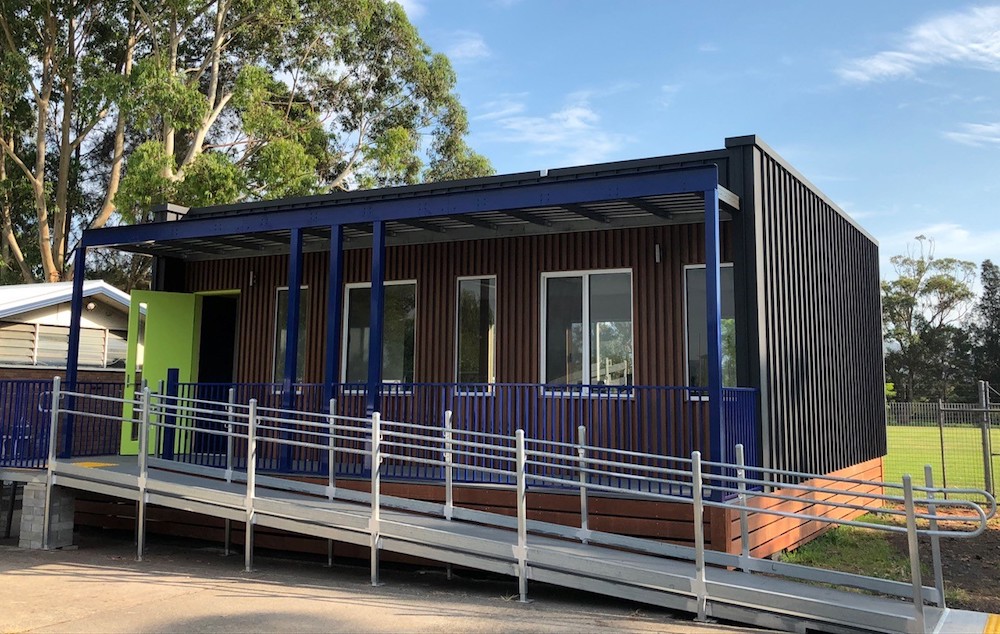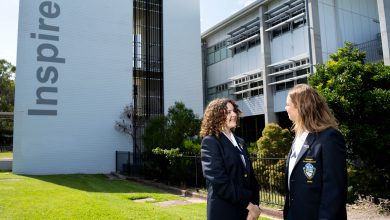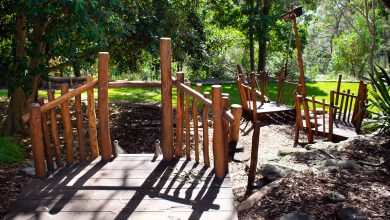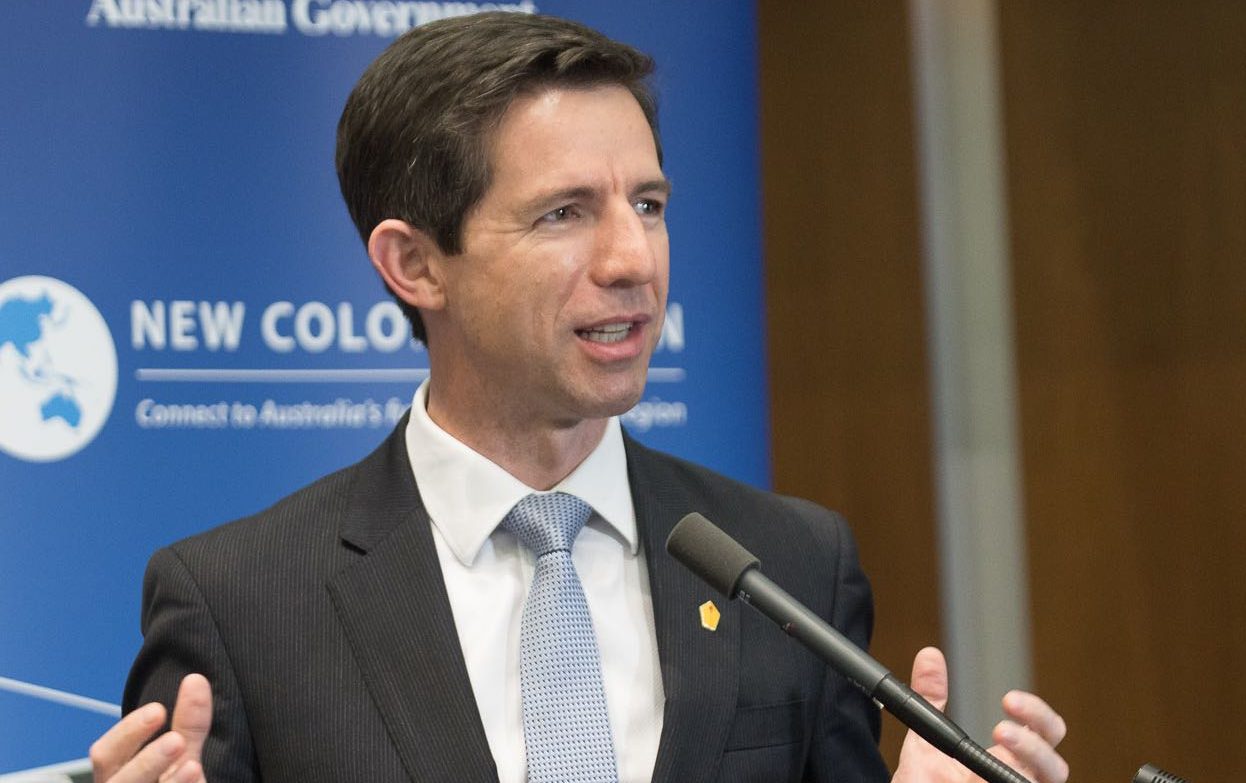5 evidence-based ways teachers can help struggling students
New South Wales recently introduced a draft Student Behaviour Strategy.
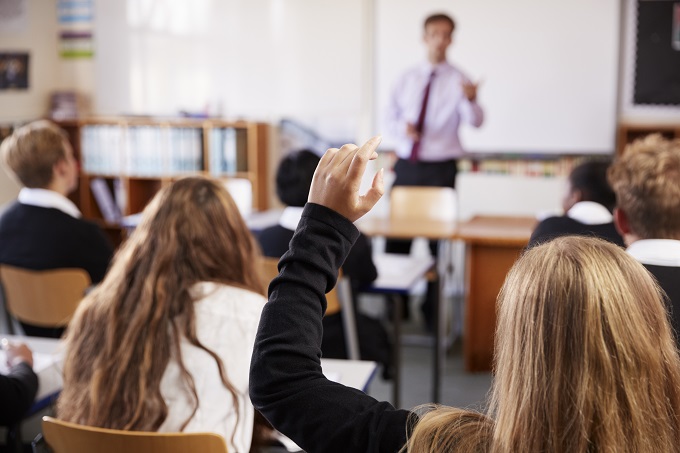
This was released on the heels of a report suggesting Indigenous students and students with disabilities are more likely to experience exclusionary practices, such as suspension from school, in response to challenging classroom behaviour.
The behaviour strategy recognises the need for all students to be able to access
safe and respectful learning environments, the support of a skilled workforce and access to evidence-based interventions targeted to their diverse needs.
The strategy noted behaviour support is critical for creating effective and engaging classrooms. But it also noted the urgent need to build the capacity of teachers to better support students with their behaviour at school.
Last week, the Victorian government pledged $1.6 billion to transform the way students with disabilities receive support in schools. More than $100 million dollars will go directly toward increasing the capacity of teachers to adopt and use evidence-based practices to support the meaningful inclusion of students with disabilities in their local schools.
Although new initiatives from the two states are welcome, it will take time before we see their effects in the classroom. But we don’t need to wait for for reforms to be rolled out to start to change the way we support struggling students.
There are a number of evidence-based practices that have shown to dramatically reduce challenging student behaviour at school. Here are five of them.
1. The whole school must be involved
First, all schools should adopt a prevention mindset. If there are concerns about a student’s behavioural, academic or emotional skills, there is overwhelming evidence for the benefits of assessing them early to find which areas they need help with.
A recent US study showed schools that put in place a framework called School-Wide Positive Behaviour Interventions and Supports reported significantly fewer student suspensions than schools that did not. Under this framework, every student receives behavioural support. Students at risk are given extra support and their progress is monitored.
Other studies have found this kind of system approach, adopted by the whole school, is associated with improved student social behaviour, and reduced suspensions and disciplinary referrals. It also improves staff well-being and teacher self-efficacy, as well as relationships between teachers and students.
2. Set positive expectations early
Teachers can create specific and clear behavioural expectations for all students early in the school year. For instance, teachers can set out that students should stop and listen when the teacher is talking, and show students best way to get their attention when they need help.
Studies have shown preschoolers who learn a variety of social and classroom behaviours early on demonstrate better social behaviour, and less challenging behaviour at school.

Creating clear expectations can go a long way toward preventing challenging behaviours in the classroom. These expectations should be strengths-based and emphasise what students can and should do.
Professor of Psychology and Child Psychiatry at Yale University, Dr Alan Kazdin, says adults should avoid using “stop”, “no” or “don’t” when giving kids instructions. They should instead tell the child what they should be doing (this is known as the “positive opposite”).
For instance, instead of saying “don’t run in the hallway”, explain to students they are expected to walk calmly in the hallway, and then model this behaviour.
3. Reward the positives
Teachers can identify specific positive or praiseworthy behaviours, such as helping others, completing work quietly and taking turns with items. When a teacher sees a student doing something positive, they can “catch them” by issuing the student with a hand-written note (or “caught you” card) that describes what they did well.
The student’s family could also be updated regularly. This would create a positive partnership between home and school.
A study showed classroom behaviour management strategies that focused on recognising and rewarding positive behaviours were more effective than reactive and punitive strategies. They helped increase student academic engagement and sense of teacher well-being.
4. Break down tasks
If your student struggles or shows challenging behaviours during certain activities, then the task may be too difficult. Break it down, practise the skill yourself, and write down each individual step toward the end goal.
Start by teaching the first step in the sequence. Provide the level of assistance your student needs to complete the step, and then fade out your assistance as the student becomes more independent. Once the student is independently completing the first step, add the next and so on.
This strategy is called task analysis, and it can be an incredibly useful way to change the difficulty level of a task and provide some targeted support to students having trouble learning a new skill.
5. Find out why kids are acting out
Decades of research has shown the best way to help students with challenging behaviour is by understanding the reason behind this behaviour. And then, by altering the environment and teaching new skills that allow the student to have their needs met in a safer and more understandable way.
Challenging behaviour in the classroom is like an iceberg. On the surface it might look like hitting, screaming, running out of the classroom, ripping up materials or refusing to participate. Under the surface, students are responding to an environment they find challenging.
A functional behaviour assessment is a process that helps teachers discover what’s going on below the surface for the student.
It’s a problem-solving strategy designed to inform behaviour support strategies to address individual students’ needs and skills. Education departments across Australia are increasingly recognising the value of such assessments and offering guides for teachers and students.
We know schools find addressing challenging behaviour in their classrooms one of the most difficult aspects of their job. It can result in teacher burnout and can substantially harm the student.
Education departments have begun investing in professional learning in evidence based behavioural practices. But teachers and school leaders must see the value of training in this area and elect to participate, as it is not currently mandatory.![]()

